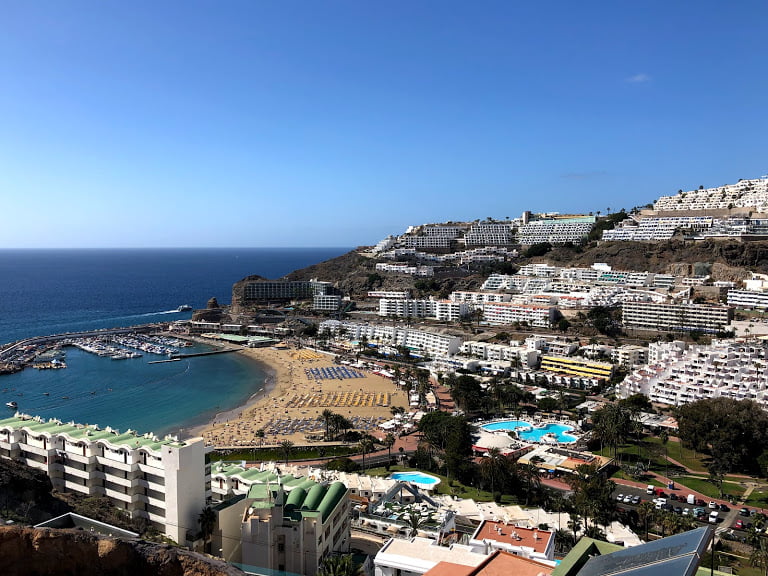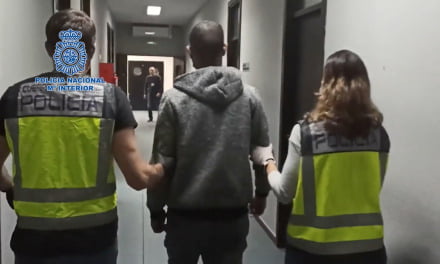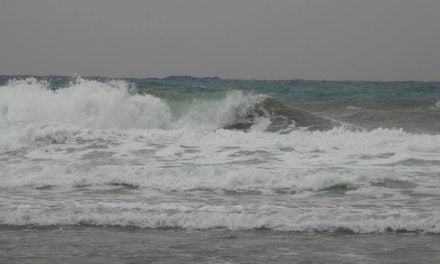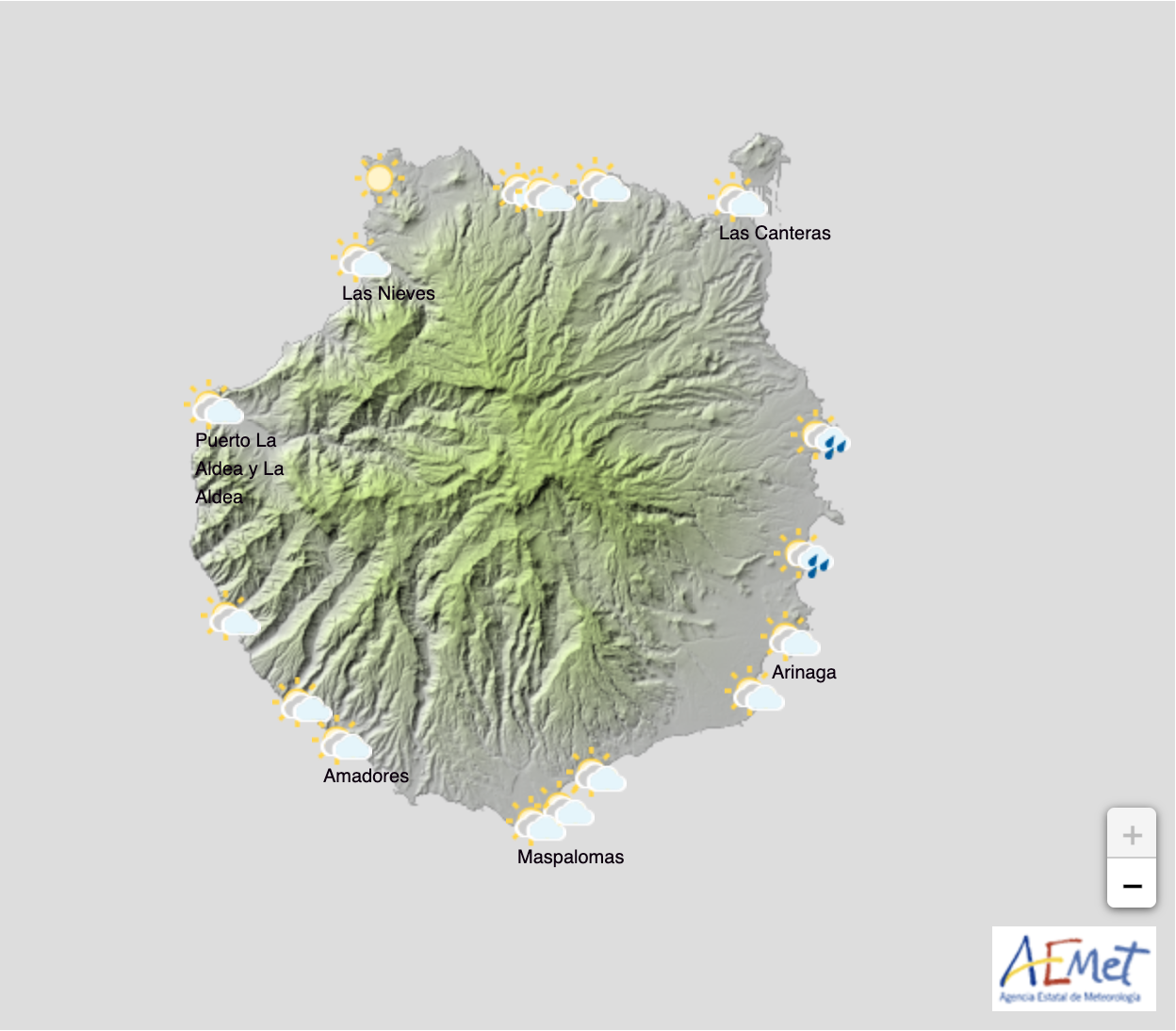This Friday morning began the first day of additional restrictions over easter being in force, until April 9, aimed at stopping the spread of coronavirus as much as possible, at a time when general mobility traditionally increases Gran Canaria over easter, as well as the rest of the canary islands. The measures already established for each island have been tightened, depending on the current alert level in play, and so this may well have generated some confusion as the various measures in place have evolved to try to keep infection rates contained. In fact, this week, concerns have been expressed over the beginning of a fourth wave here on the islands, though of course, generally speaking, our numbers have remained significantly lower than elsewhere in Europe there is still a long road to travel before we can all let our guard down. Here are a few key elements to keep in mind:
Curfews are in place at night
Curfew times depend on the alert level for each island, all citizens are asked to remain at home, or in their accommodation, with only essential travel permitted, such as to purchase essential items, trips to pharmacies to buy medicine, travel to or from work, going to or accompanying someone else to seek medical attention and those sorts of things. Those islands currently on the lowest Alert Level 1, which includes El Hierro, La Palma and La Gomera, have curfews in place between 11:00 p.m. and 6:00 a.m. Islands at level 2 (Lanzarote and La Graciosa) and level 3 (Tenerife, Gran Canaria and Fuerteventura) have mobility limitations between 10:00 pm and 6:00 am.
Exempt activities are included in section 1.5.2 of the Government Agreement signed on June 19, 2020 and its successive updates.
Travel to the Canary Islands from elsewhere in Spain
Travelling from elsewhere in Spain for an easter holiday this week has been restricted, primarily as most Spanish regions have closed their borders, however those with justified reasons, as established in Royal Decree 926/2020, of October 25, including those who “return to their place of habitual or family residence ” are able to travel from else where in Spain, so that students and other Canarian residents can return home for a few days.
Travelling between Canary Islands
Inter-island travel is allowed, but with conditions. It is possible to travel between islands, regardless of the alarm level in place, without just cause as long as you can present a negative diagnostic test for active infection (PDIA), which will not be paid for by the the public health system. With adequate justification, as per the accepted essential exemptions, a test result will not be necessary.
Having people over to your house
Gatherings at home are not permitted. Only people who are cohabiting, regardless of the current alert levels, may meet in private spaces.
Gatherings outside
On all islands, groups of people in public, who do not live together, whether in a closed or outdoor space, are limited to just four people, and this cannot be exceeded. A group made up of cohabitants and non-cohabitants, must not exceed the maximum number of people established in each of the indicated alert levels.
The beach is still open though, right?
In principle, yes. However, some cities, like Santa Cruz de Tenerife, have decided to extend restrictions on their beaches too. In general for sun bathing and swimming in the sea masks do not need to be warn, but as with all other public spaces, if you are moving around, rather than stationary, then you should be wearing your mask.
In the capital of Gran Canaria a traffic lights system has been implemented, such as on Las Canteras beach, which have been activated due to the expected influx of people, to let you know when you should avoid the beach. The rest of the city’s beaches will be reactivated for Easter and, in addition, the Red Cross service will be reinforced in coastal areas.
Live performance and Music Shows
This is a bit of a grey area. To ensure compliance most venues on Gran Canaria over easter have decided to avoid live music and performances altogether, as well as karaoke, dancing and anything else that encourages people to sing along, or move around. The BOC (official gazette) actually only states that live performances or music shows “which encourage people to sing or move about are prohibited”, and so there is an interpretation that says any show that does not encourage people to enjoy themselves in this way would be theoretically allowed. As it is a very fine line of interpretation and large fines are threatened for any venue thought to have broken the rules, most places are simply avoiding unnecessary sanctions and trouble with the authorities by postponing all live shows until after easter.
Religious worship
Like everything else, there are conditions in place. During any form of worship, physical contact between attendees must be avoided and the place of worship must remain with doors and windows open before and after the celebration, for the time necessary to guarantee its ventilation. During the celebration the doors will be kept open.
Attendance at closed places of worship can not exceed the following capacities depending on the level of alert established: at level 1, 75%; in 2, 50%; and at level 3, 33% capacity cannot be exceeded. In the latter two, it is recommended to offer services electronically or via television.
Basically, this pandemic is simply not over yet. Whether you are on Gran Canaria over easter, or taking the opportunity to visit some of the other amazing Canary Islands, everyone is being urged to stay safe, keep each other safe and help us all to get through this year, which, with luck, will give the world time to roll out sufficient vaccines so that we can all return to something like how life was before, but for now, stay safe, don’t touch, wash your hands and be kind.













